Via dei Serragli struck me for mainly two reasons. The first because I was curious to see the main entrance at #1, where Charles Tooth began to shape what later would become St. Mark’s English Church.
The second,
for the incredible amount of people who are here remembered: SIX
Enough to pay a bit more attention than usual.
Whether being born or having lived, VdS hosted:
Antonio Meucci, inventor of telephone
Giulio Bencini maestro photographer of “saper vedere” (know-how to see)
Nathaniel Hawthorne, author of The Scarlet Letter
Alphonse de Lamartine, one of the many Frenchmen who passed through Florence (along with the most famous Stendhal)
nun Maria Agnese Tribbioli, declared righteous among the nations
Edward Gordon Craig who in this street founded his school of the art of theatre, now Cinema Goldoni, that includes the ex monastery of Santa Chiara, guarded by two lions, now part of the same theatre
The connection between Via Maggio and Via dei Serragli is a walk through narrow long streets.
Every corner calls you to stop and catch Medieval details in any direction, of the kind that amaze you foreigners so much. On my right, WOW, what a façade… On my left, look at that architectural structure nobody uses anymore…
btw… This little world I an in tonight is very opposite to what I am about to prepare my September trolley for: APULIA 🌊 Ever been there?
All is sunny, white & blue and there’s certinly more space than here. I have even heard that Andria holds the shortest street in the world - but who could actually confirm that? 🧐
Arrived at the intersection, it’s only a matter of turning right or left. Via dei Serragli is on the left. On the opposite side a big bridge on river Arno (of which I don’t remember the name). It would be cooler, but it’s not the plan.
Tonight I want fine fabric to share with you. Would you come with me for a few more lines?
It’s a bit wavy, quite long, I can see the trees at the end. With noble palaces, craft shops and ordinary houses in succession.
Renaissance palaces seem to be immortal here
Standing silent with their lamps and coat of arms, sometimes a closed gate to the inner yard, having survived their owners.
Yet you will never fully realize their presence until you stop looking at the ground (or phone 🤨) and start looking up
What you see here are ancient walls that show up blackened by the passage of centuries.
After the noble buildings, another intersection then the little shops begin.
🍴 Restaurant Cuculia is so cute, with several 2-seat tables beside shelves with books. Very original. I’d love to try, but I don’t like to be seen by people in the street while eating in a place that looks like a home.
🍨 Sbrino is a farmer gelato parlour attractively furnished in wood.
🍻 Archea independent brewery is a corner with menu and music, but… where do they serve beers? Ah, ok, there’s a door to a bar inside…
When the ordinary houses begin, I get the surprise of a 2-floor palazzetto named Neri Ridolfi that belongs to ADSI, the Italian association of historical houses (that usually we tend to imagine super big, but this is not the case…).
A few meters before the end, there is Garden Torrigiani, where in 1951 the very first high fashion show in Italy took place.
And then the end of Via dei Serragli. Piazza della Calza. And Porta Romana, another historical giant witness of who knows how many past battles. From this point on, you can go anywhere far from the city centre Unesco heritage.
Walls of Dante’s century? A local guide would know. When I turn back, I notice a fresco on a house wall. Who painted it and why? Probably a habit of the times.
When I turn back, I discover Riccardo Bartel and his Desinare yesterday’s kitchen style, and man, my eyes return to the 50s 😍…

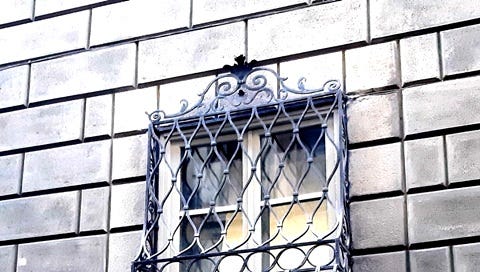



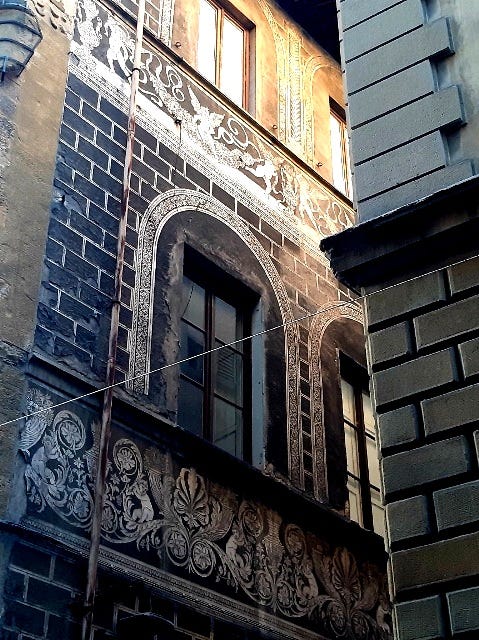
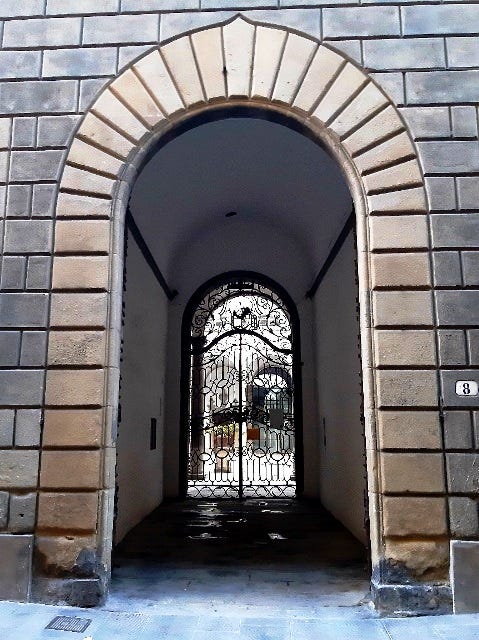
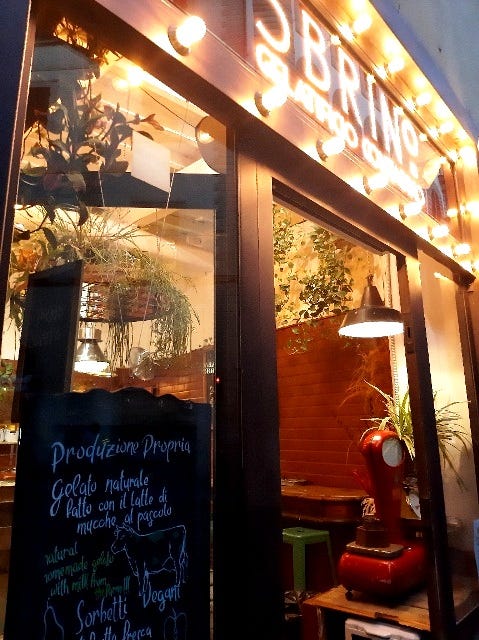
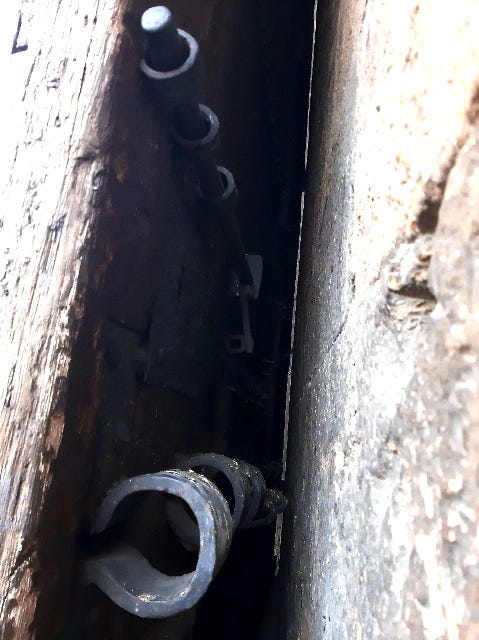

Trieste nice right by the sea!
I hope you manage to get there Patrizia!